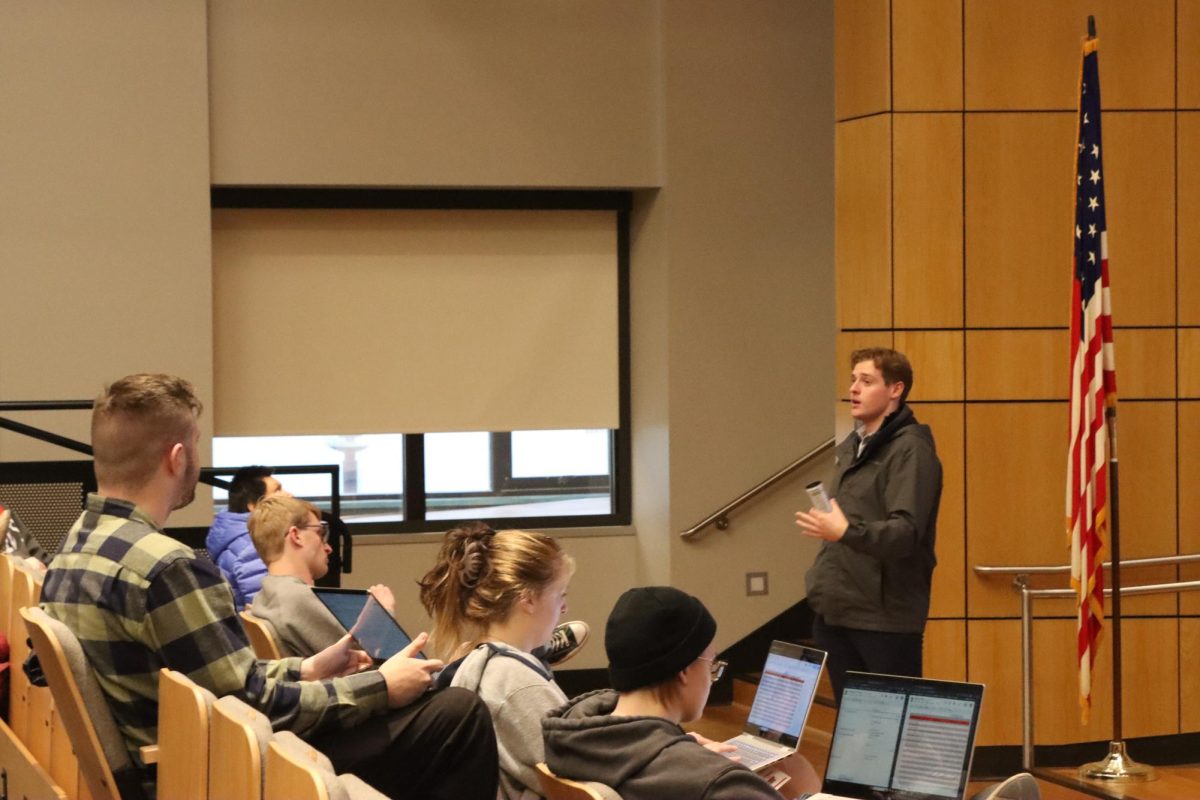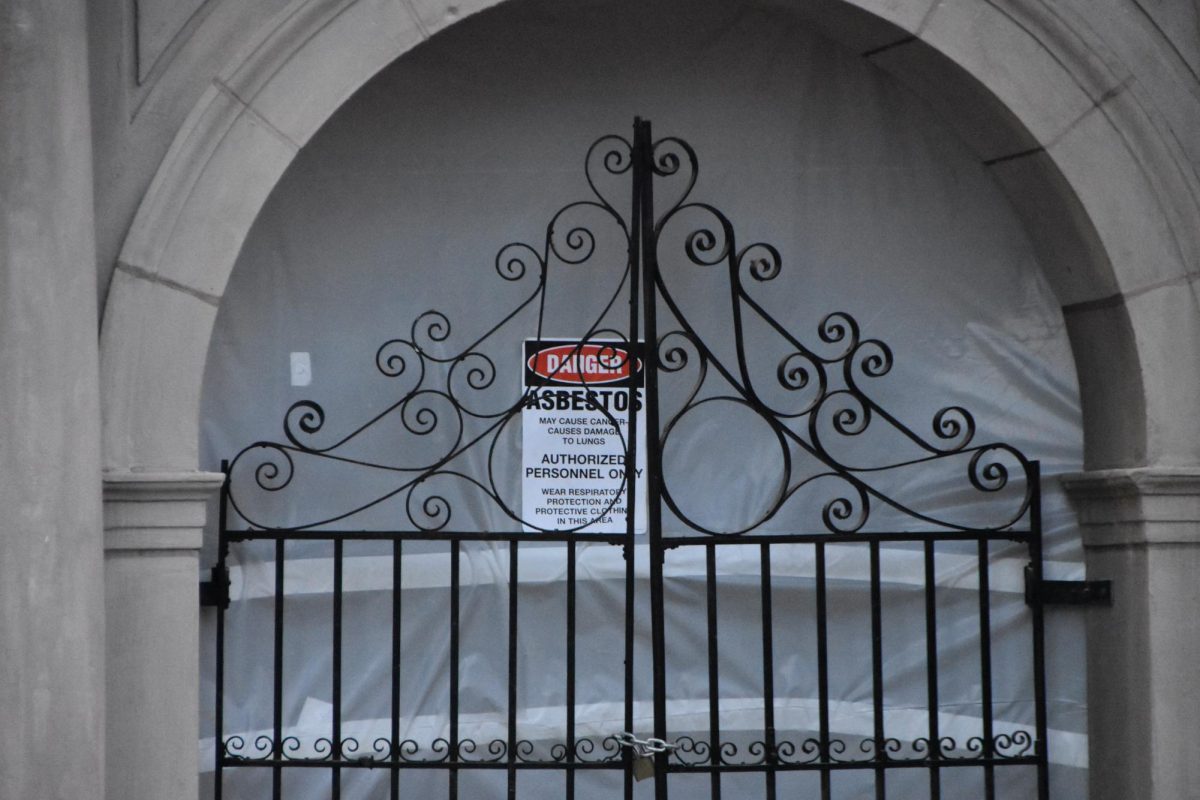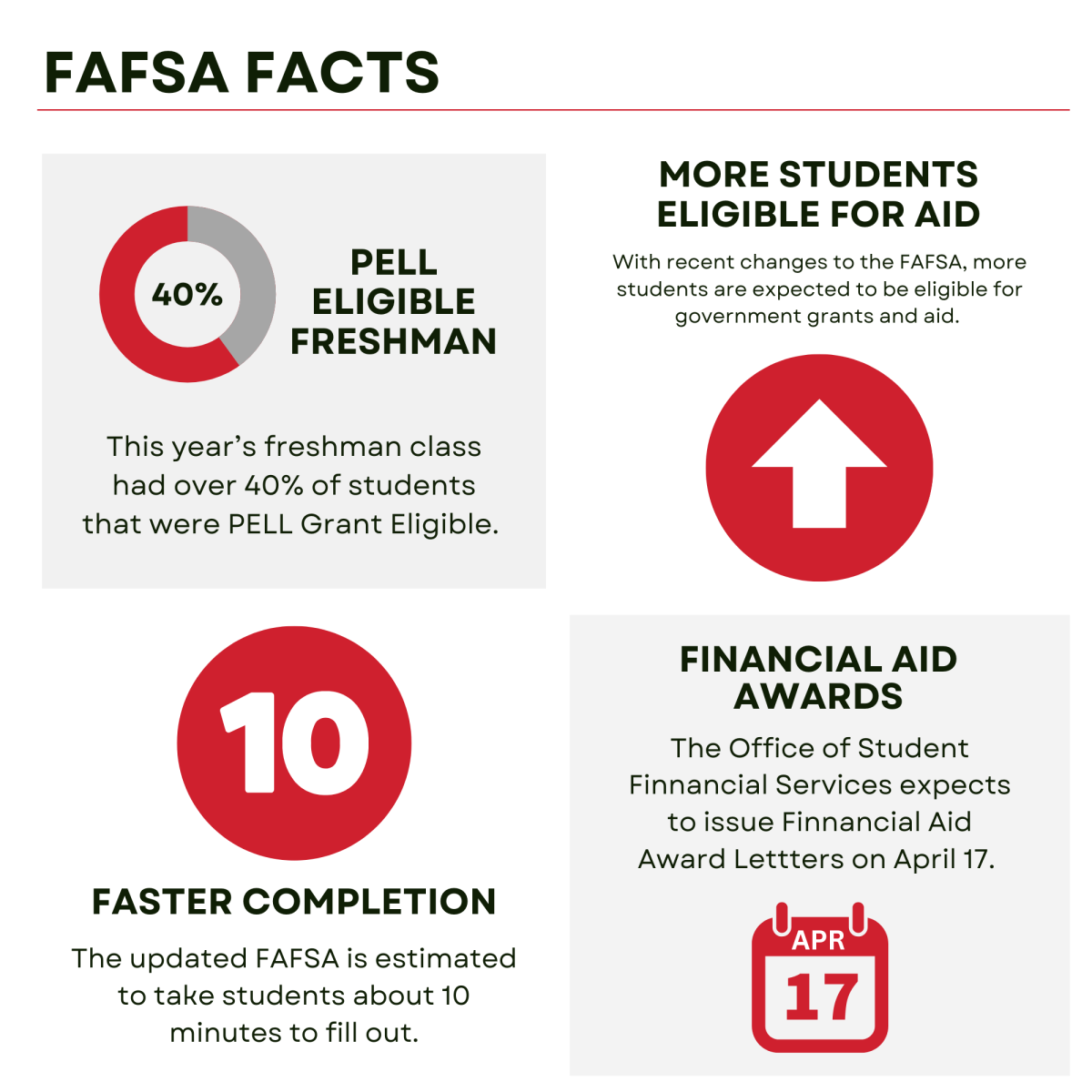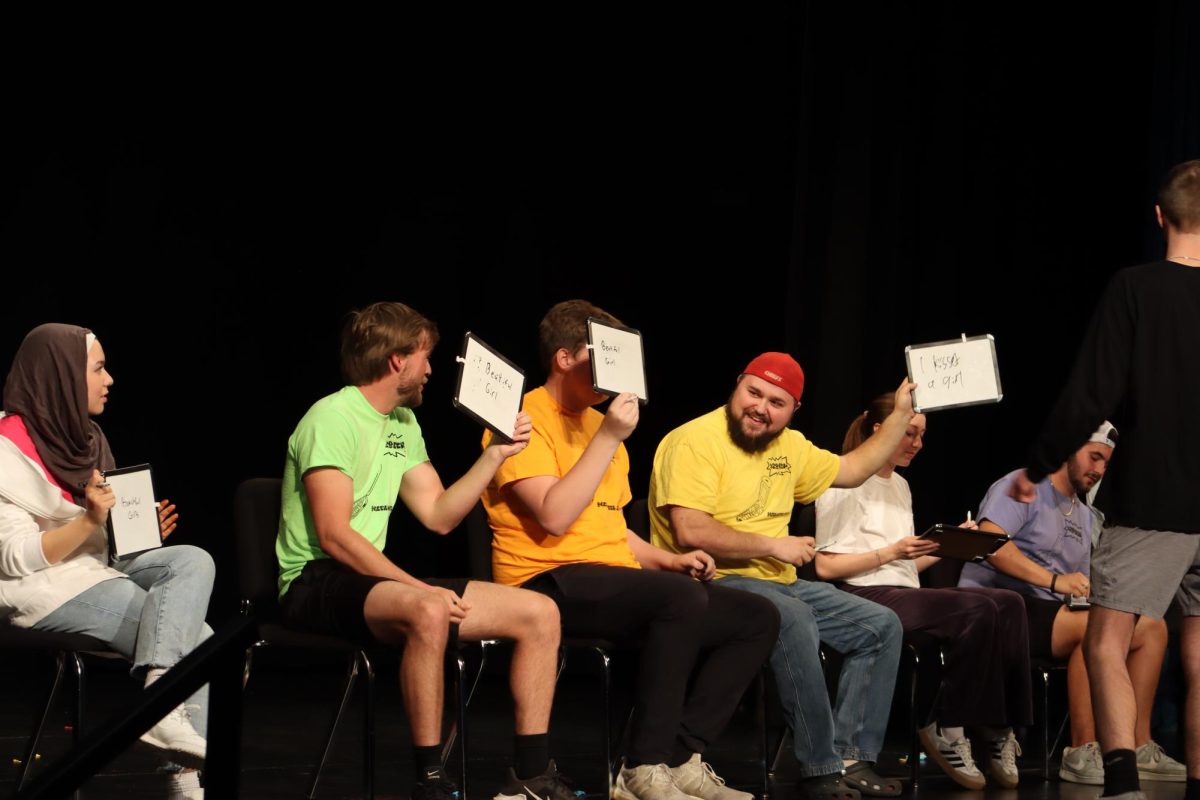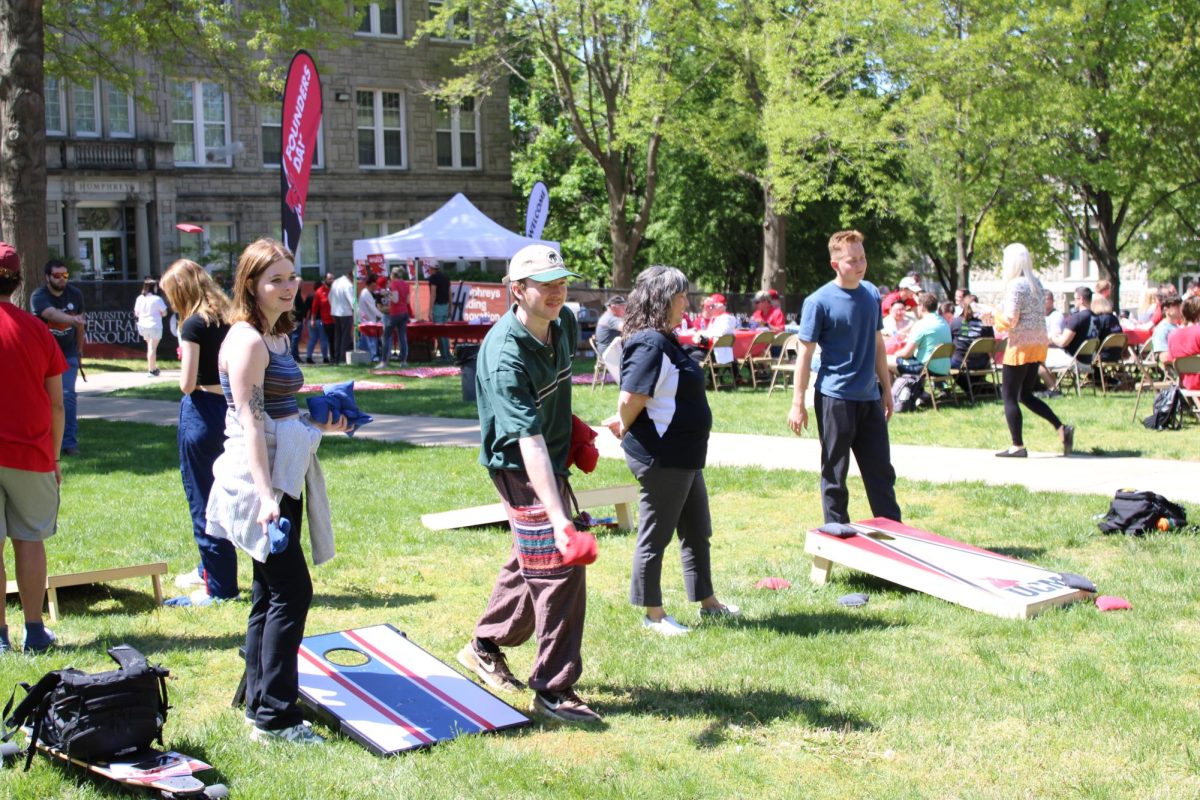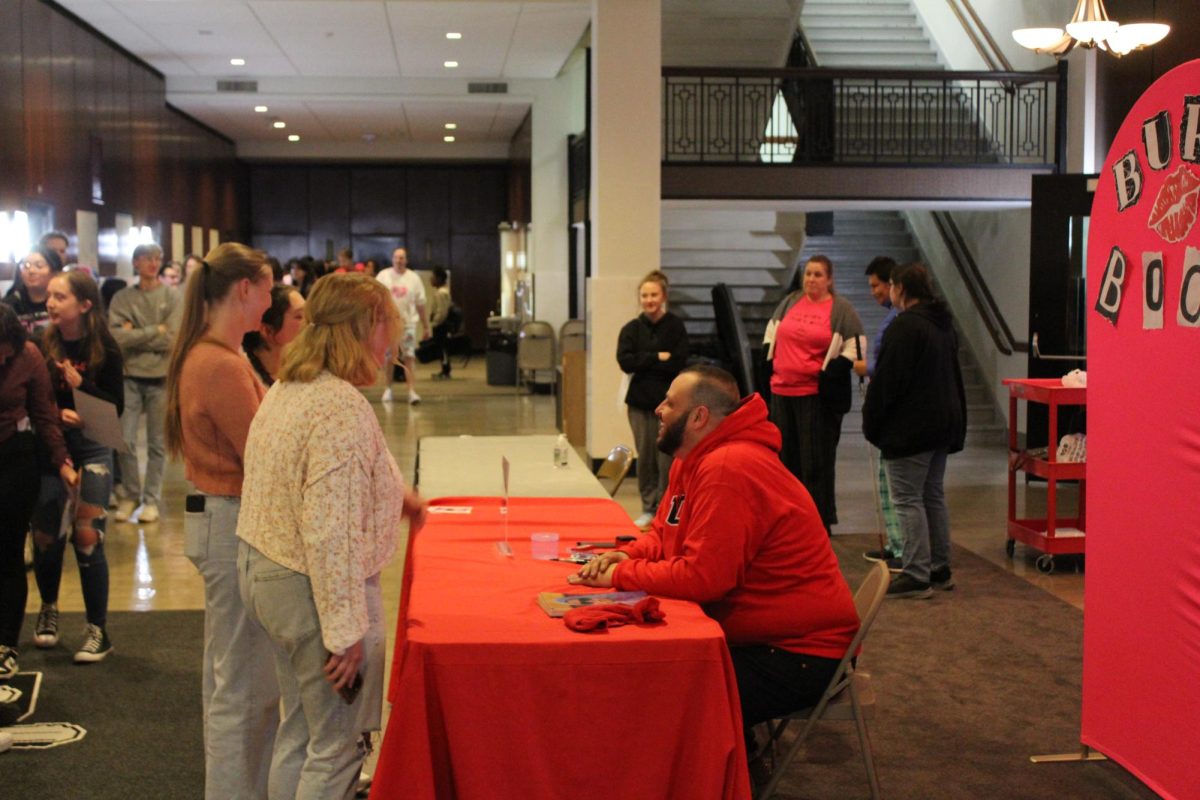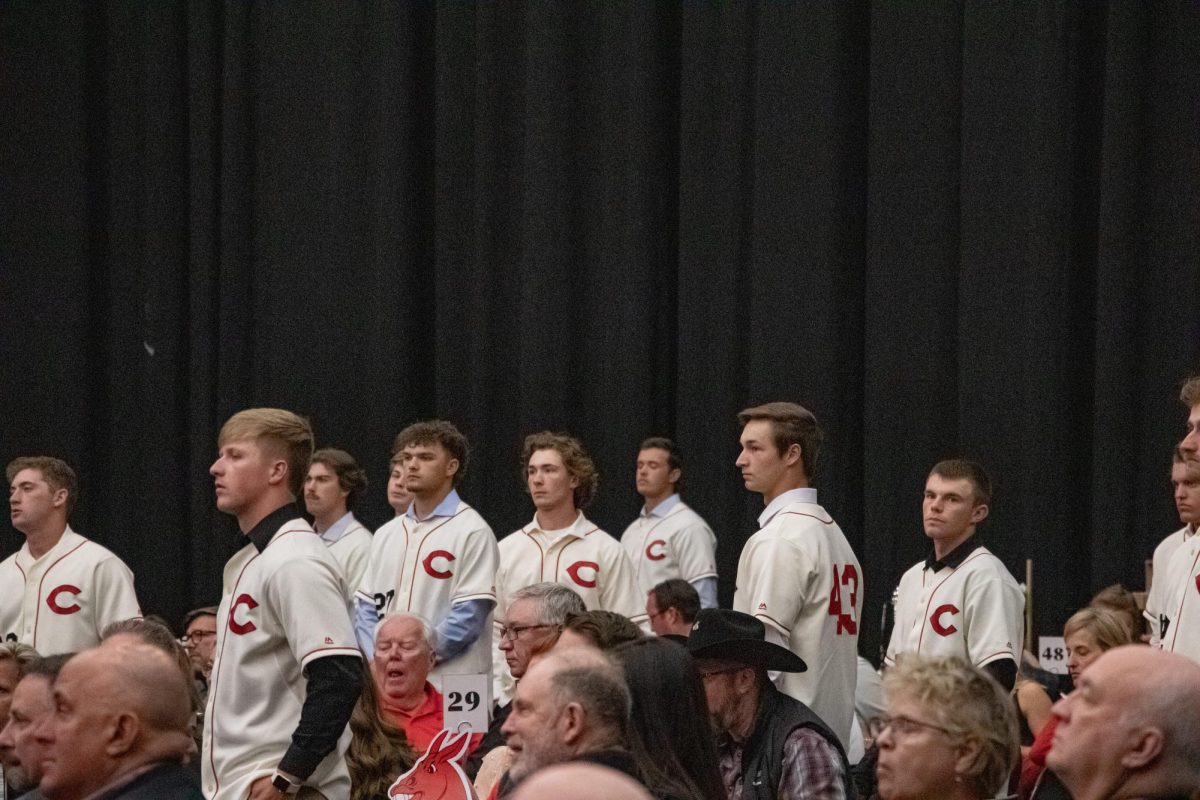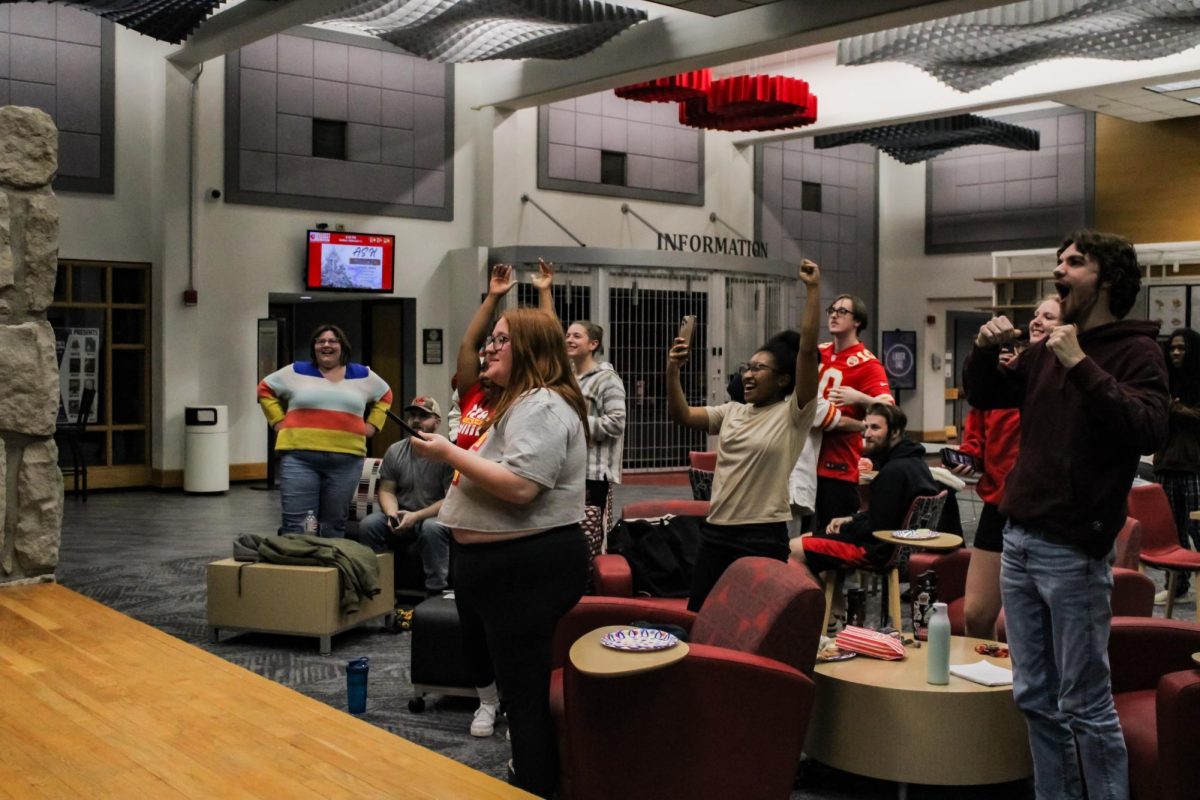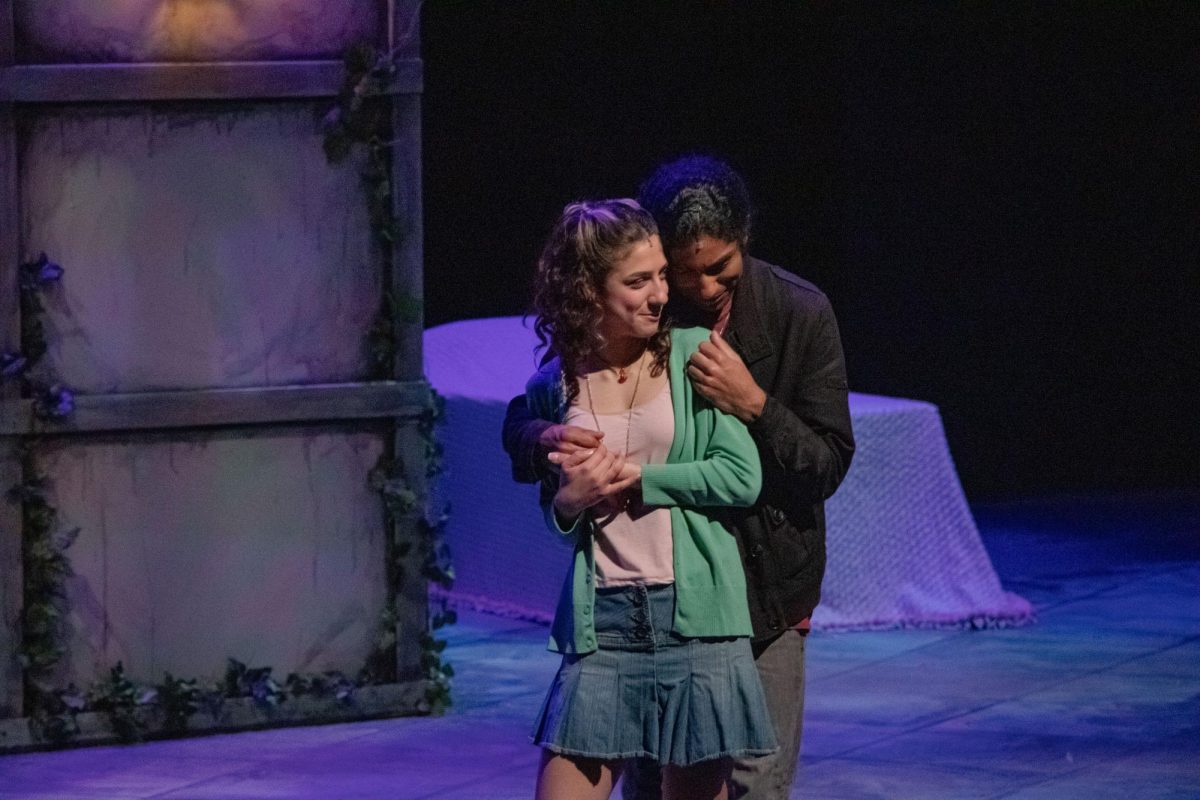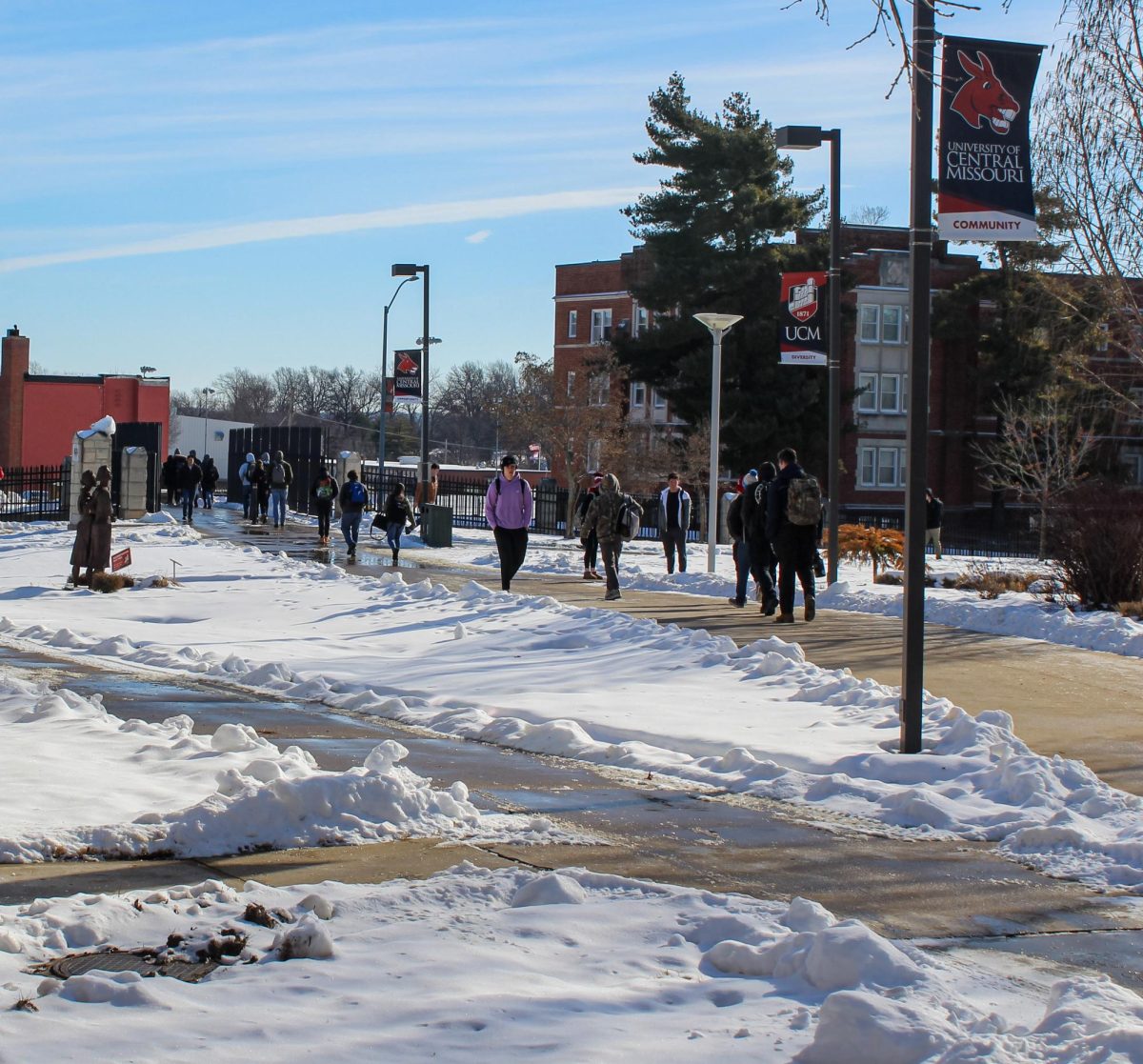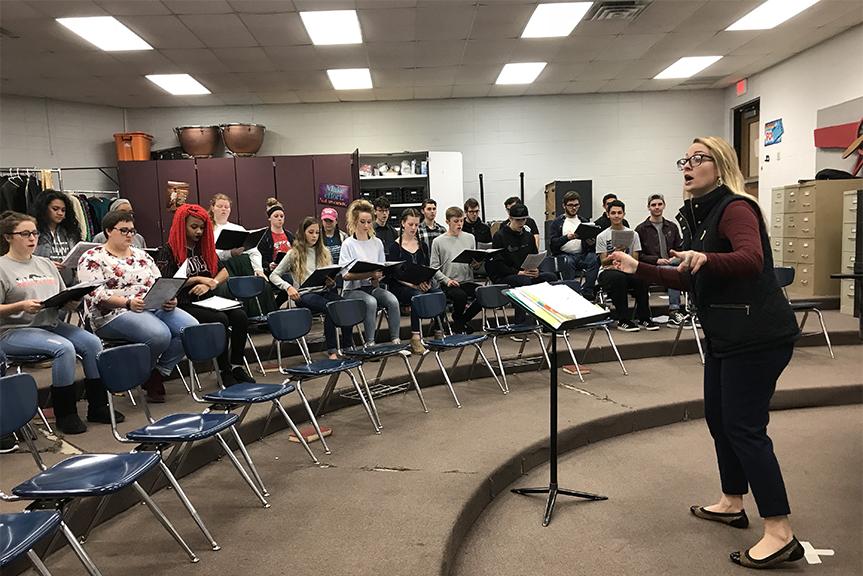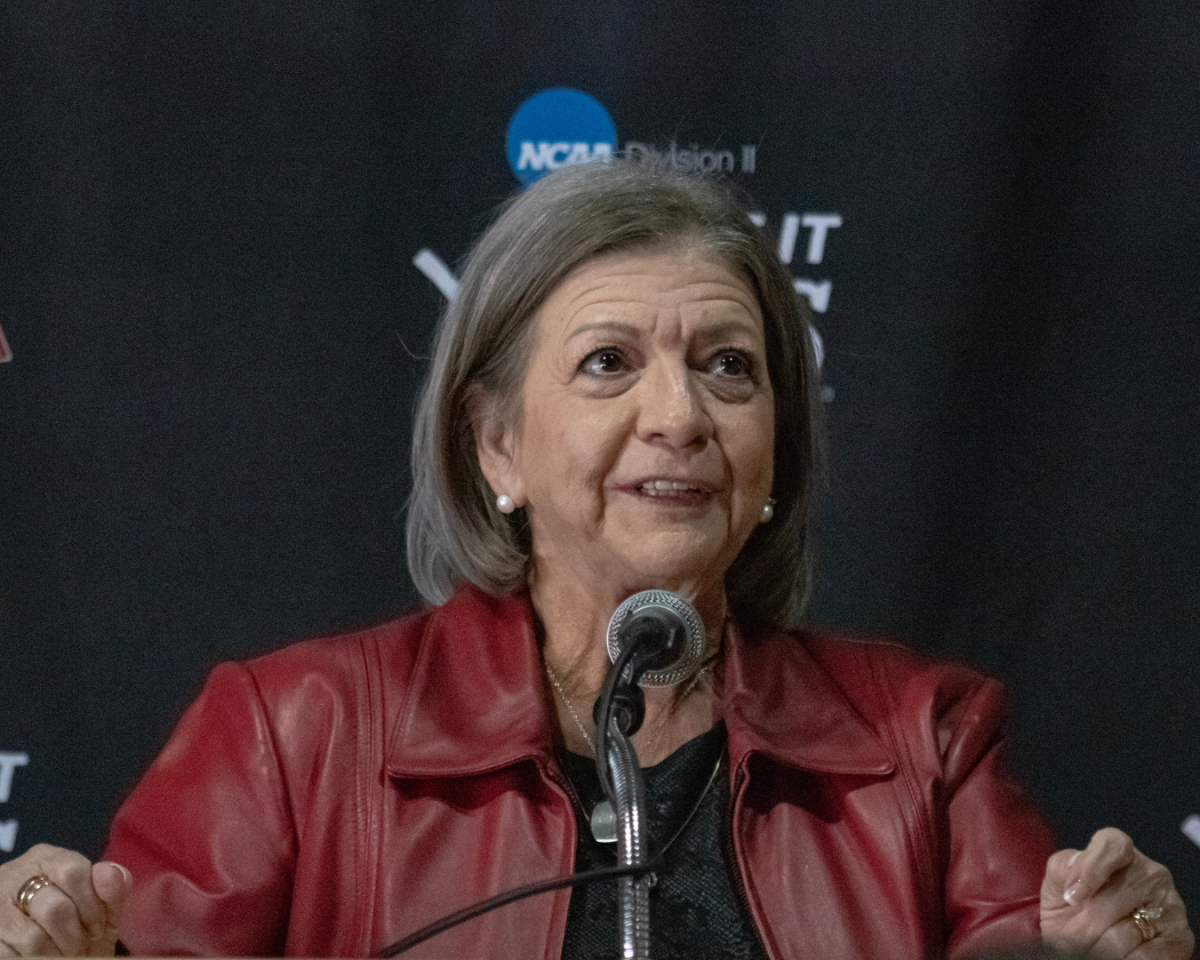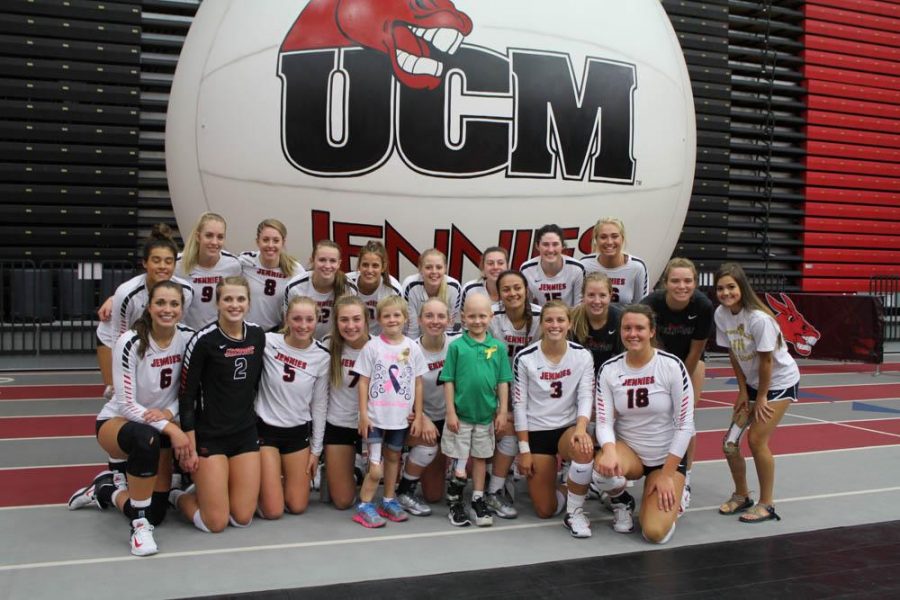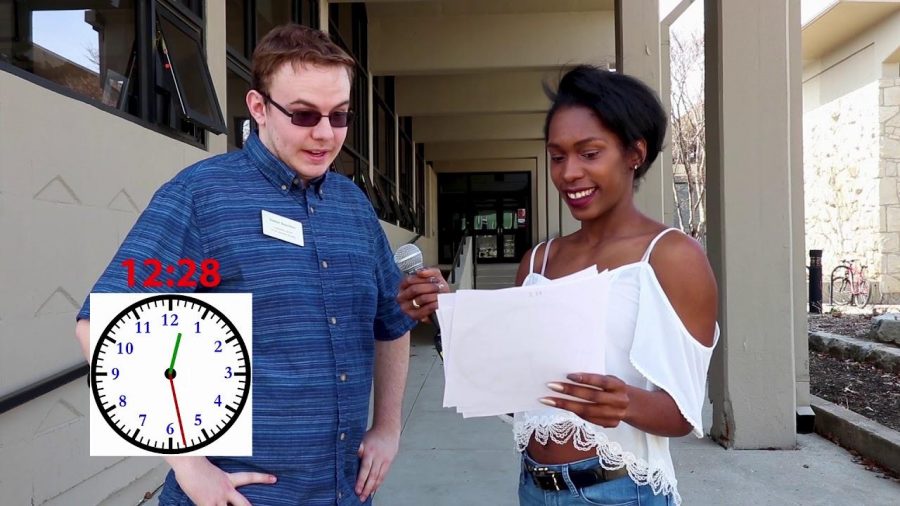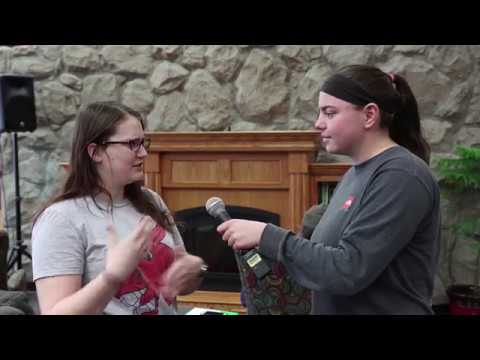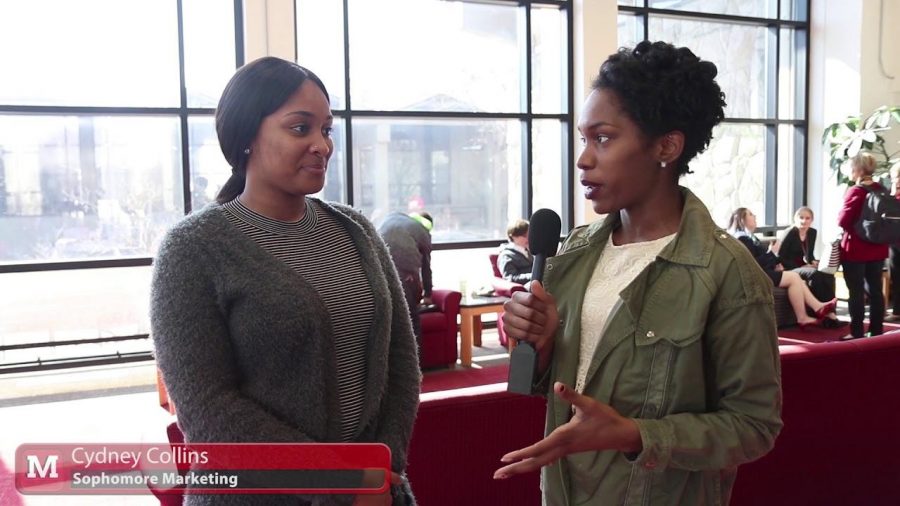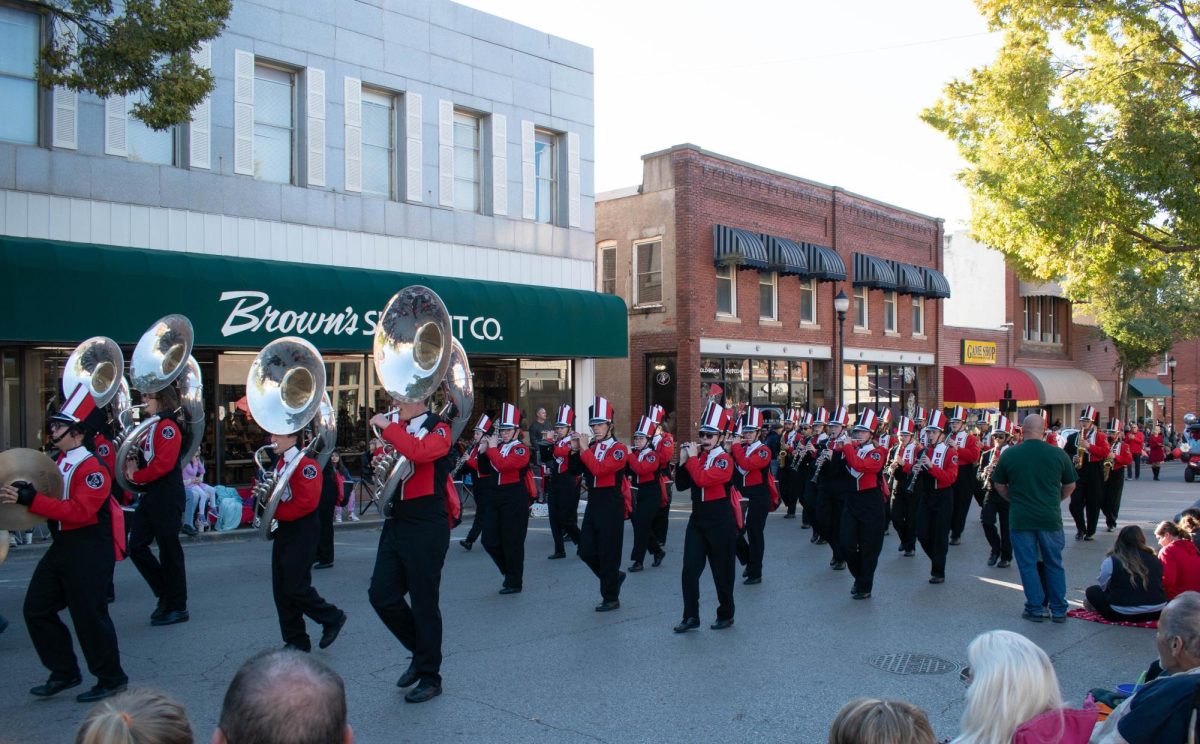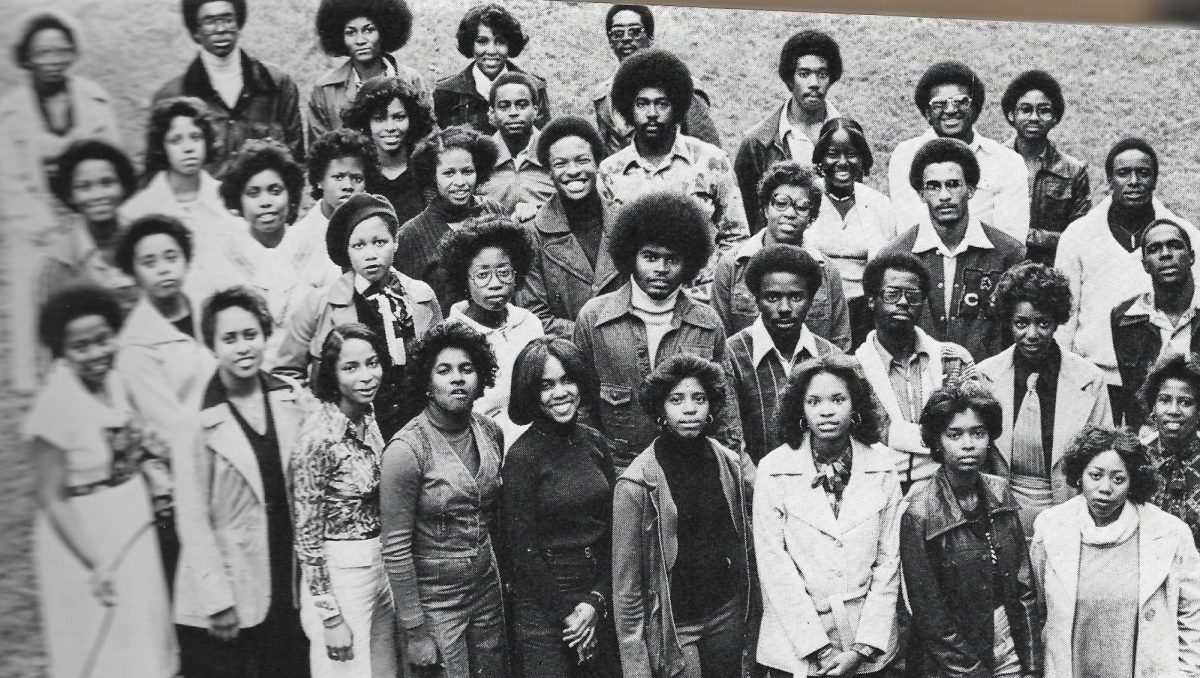By COREY WILLIAMS
(DETROIT, AP) — An effort by deep-pocketed philanthropists to save the bankrupt city of Detroit’s art treasures began with a chance meeting last year and nears a culmination Friday when Michigan Gov. Rick Snyder authorizes millions in state help.
But all parties excited about the bill signing know that work could be for naught if the city’s pensioners and workers, who are nearing a deadline for a historic vote on Detroit’s plan to get out of bankruptcy, reject what has been dubbed the Grand Bargain.
“It is really not in our hands,” said Rip Rapson, president of the Kresge Foundation, which has pledged $100 million toward the plan. “We fully understand that the pensioners have to make very hard decisions as to whether this is something they can support.”
The state’s contribution of $195 million, along with $366 million from foundations and a $100 million pledge from the Detroit Institute of Arts, would replace hundreds of millions being cut from retiree pensions, while stopping bond insurers and other creditors from forcing the sell-off of city-owned art such as Van Gogh’s “Self Portrait.” The money would come over 20 years, placing the value at about $816 million.
As part of the deal, the artwork will go into a charitable trust.
Retirees and city workers have until July 11 to vote on the proposal, which is included in state-appointed emergency manager Kevyn Orr’s plan for Detroit’s restructuring. The city filed for the largest municipal bankruptcy in history last summer, and a trial on the restructuring is set for August. Orr has said he hopes to have Detroit out of bankruptcy by the end of this summer.
In May, Orr said early ballots showed workers and retirees supporting the plan by about 2 to 1. His spokesman, Bill Nowling, said Thursday that they cannot release detailed numbers, but “are encouraged by the voting activity.”
Retiree Mary Highgate, who plans to return her ballot July 1, believes Orr’s plan will proceed regardless of the vote result.
“Everybody I know is voting ‘no’ because we don’t trust them,” said Highgate, 69. “I’m voting No! No! No!”
The financial contributions from the foundations, state and museum also mean little to her because Highgate doubts that concern for retirees is the true motivation.
“All they care about is the art,” she said. “Do you really think they care about the little people? Have they ever?”
The philanthropic support may never have played into the proceedings if Community Foundation for Southeast Michigan President Mariam Noland had not bumped into Detroit federal Judge Gerald Rosen last year at a downtown deli.
Rosen, appointed by bankruptcy Judge Steven Rhodes to head mediation efforts, told Noland about his task.
“And she said, probably as a throwaway line, ‘Let me know if there’s anything we can do to help,'” Rosen said.
Rosen said he gave Noland details of his plan. “Within three weeks we had 13 foundation leaders,” he said.
The group included Kresge, the Kellogg Foundation and the New York-based Ford Foundation, which pledged $125 million.
“Serendipity was in our favor,” Ford Foundation President Darren Walker said. “This is unprecedented in the history of American philanthropy that this number of major institutions would be galvanized to help solve the challenges of a once-great American city.”
By comparison, foundations gave $550 million — nationally — between 2008 and 2012 to programs and causes related to America’s economic crisis, said Lawrence T. McGill, vice president for research at the New York-based Foundation Center, which oversees philanthropy research.
“It’s hugely significant and different from the kind of giving we usually see on a kind of one-time basis,” McGill said. “Foundations have missions and they stick to their missions.”
The overall well-being of the city could not be dismissed, Rapson said.
“Whatever we could do to support the speedy resolution of the bankruptcy we needed to take seriously,” he said.
For the Skillman Foundation, whose mission is to improve lives of Detroit’s children and families, a deal billed as protecting art and pensions couldn’t be justified as a compelling investment — initially.
Bankruptcy mediators later approached Skillman with a new proposal. Now, Skillman’s $3.5 million contribution spread over 20 years would help soften cuts to health care for the 7,372 retirees living in the city.
“Detroit and its retirees suffer from the same kind of urban ills that other major cities suffer from: retirees raising their own children, grandchildren and, in some cases, great-grandchildren,” said Tonya Allen, Skillman’s chief executive. “We made a contribution that would help families support their children.”
“It is really not in our hands,” said Rip Rapson, president of the Kresge Foundation, which has pledged $100 million toward the plan. “We fully understand that the pensioners have to make very hard decisions as to whether this is something they can support.”
The state’s contribution of $195 million, along with $366 million from foundations and a $100 million pledge from the Detroit Institute of Arts, would replace hundreds of millions being cut from retiree pensions, while stopping bond insurers and other creditors from forcing the sell-off of city-owned art such as Van Gogh’s “Self Portrait.” The money would come over 20 years, placing the value at about $816 million.
As part of the deal, the artwork will go into a charitable trust.
Retirees and city workers have until July 11 to vote on the proposal, which is included in state-appointed emergency manager Kevyn Orr’s plan for Detroit’s restructuring. The city filed for the largest municipal bankruptcy in history last summer, and a trial on the restructuring is set for August. Orr has said he hopes to have Detroit out of bankruptcy by the end of this summer.
In May, Orr said early ballots showed workers and retirees supporting the plan by about 2 to 1. His spokesman, Bill Nowling, said Thursday that they cannot release detailed numbers, but “are encouraged by the voting activity.”
Retiree Mary Highgate, who plans to return her ballot July 1, believes Orr’s plan will proceed regardless of the vote result.
“Everybody I know is voting ‘no’ because we don’t trust them,” said Highgate, 69. “I’m voting No! No! No!”
The financial contributions from the foundations, state and museum also mean little to her because Highgate doubts that concern for retirees is the true motivation.
“All they care about is the art,” she said. “Do you really think they care about the little people? Have they ever?”
The philanthropic support may never have played into the proceedings if Community Foundation for Southeast Michigan President Mariam Noland had not bumped into Detroit federal Judge Gerald Rosen last year at a downtown deli.
Rosen, appointed by bankruptcy Judge Steven Rhodes to head mediation efforts, told Noland about his task.
“And she said, probably as a throwaway line, ‘Let me know if there’s anything we can do to help,'” Rosen said.
Rosen said he gave Noland details of his plan. “Within three weeks we had 13 foundation leaders,” he said.
The group included Kresge, the Kellogg Foundation and the New York-based Ford Foundation, which pledged $125 million.
“Serendipity was in our favor,” Ford Foundation President Darren Walker said. “This is unprecedented in the history of American philanthropy that this number of major institutions would be galvanized to help solve the challenges of a once-great American city.”
By comparison, foundations gave $550 million — nationally — between 2008 and 2012 to programs and causes related to America’s economic crisis, said Lawrence T. McGill, vice president for research at the New York-based Foundation Center, which oversees philanthropy research.
“It’s hugely significant and different from the kind of giving we usually see on a kind of one-time basis,” McGill said. “Foundations have missions and they stick to their missions.”
The overall well-being of the city could not be dismissed, Rapson said.
“Whatever we could do to support the speedy resolution of the bankruptcy we needed to take seriously,” he said.
For the Skillman Foundation, whose mission is to improve lives of Detroit’s children and families, a deal billed as protecting art and pensions couldn’t be justified as a compelling investment — initially.
Bankruptcy mediators later approached Skillman with a new proposal. Now, Skillman’s $3.5 million contribution spread over 20 years would help soften cuts to health care for the 7,372 retirees living in the city.
“Detroit and its retirees suffer from the same kind of urban ills that other major cities suffer from: retirees raising their own children, grandchildren and, in some cases, great-grandchildren,” said Tonya Allen, Skillman’s chief executive. “We made a contribution that would help families support their children.”
Story continues below advertisement



